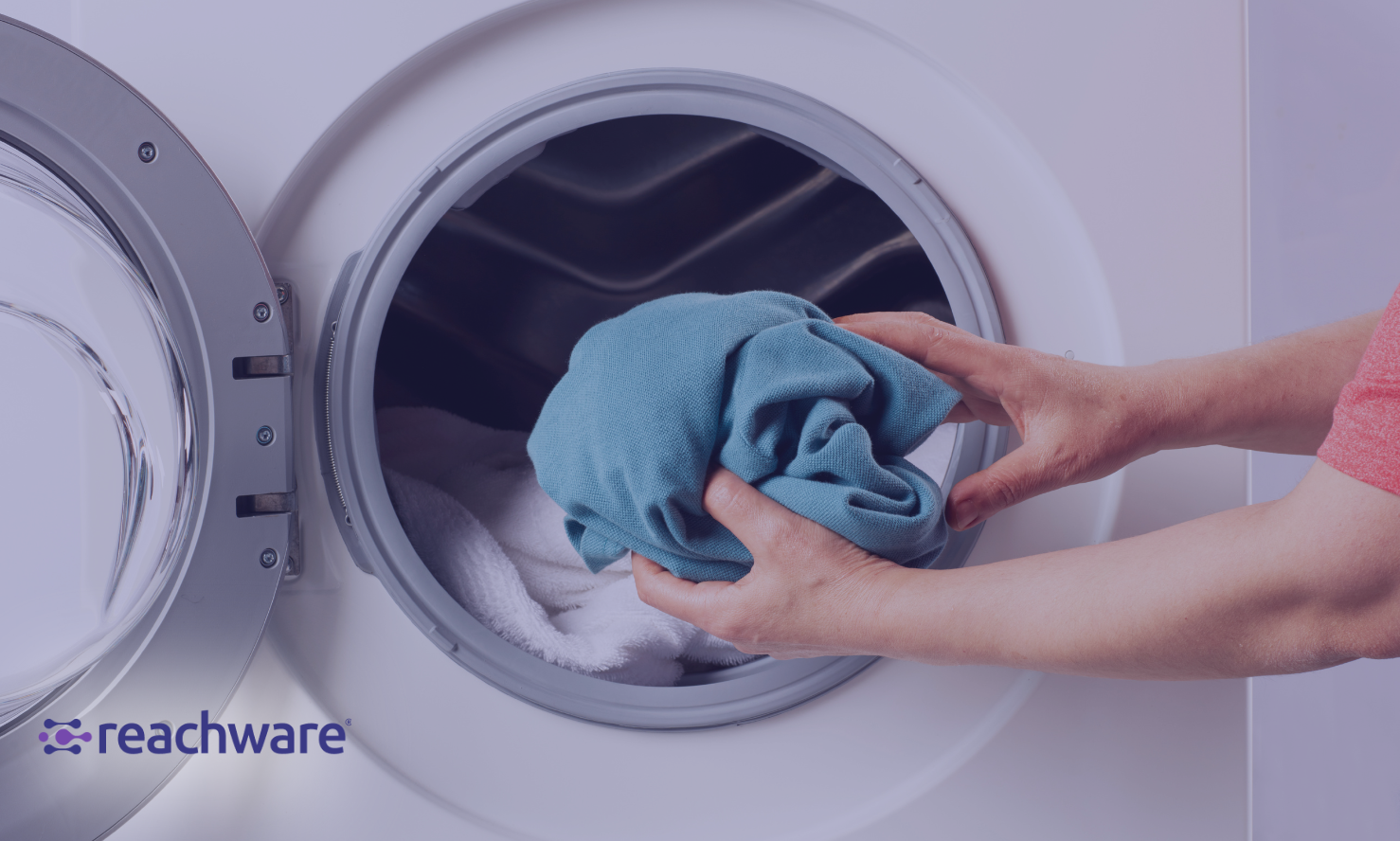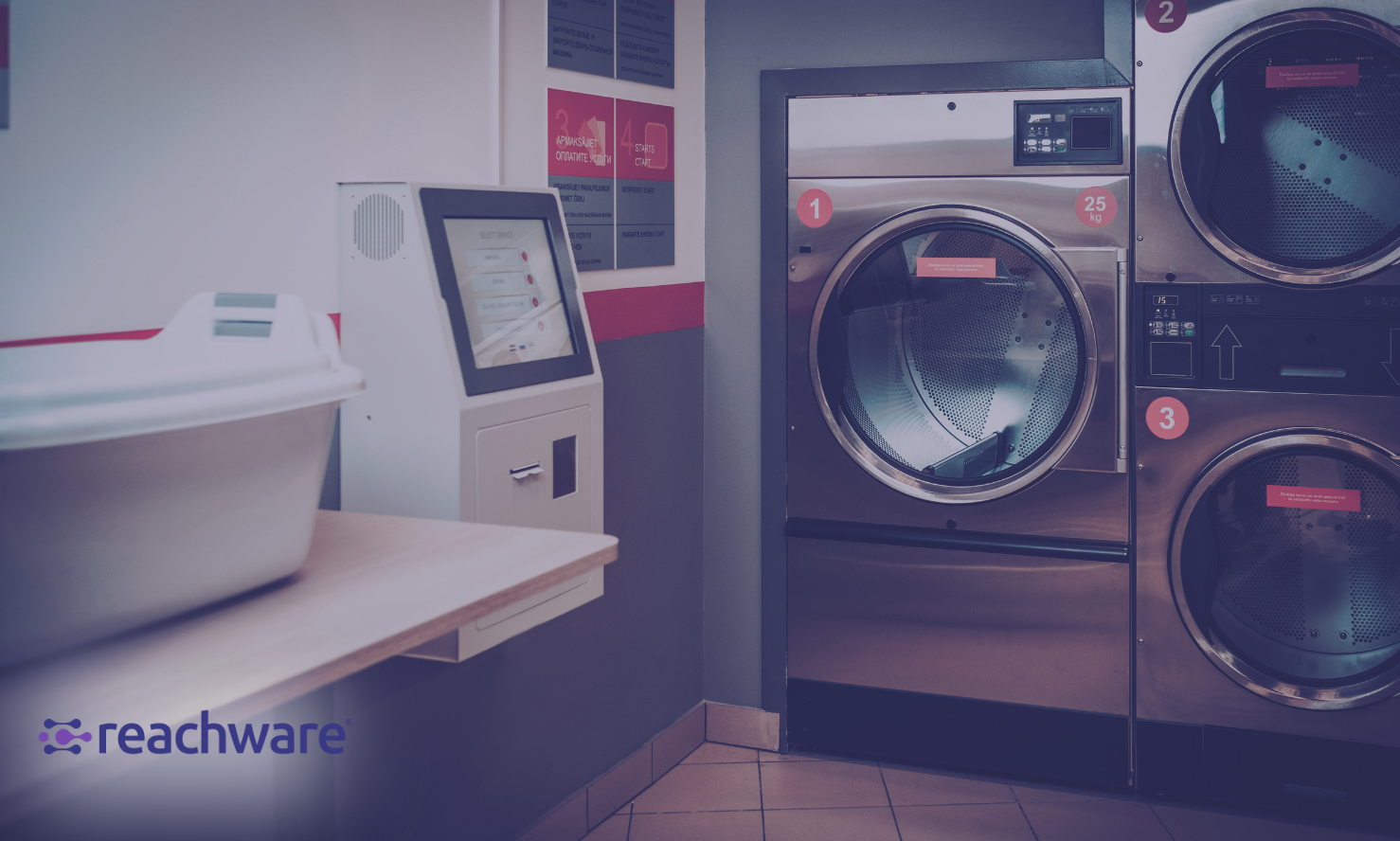The Role of POS and CRM Integration in Enhancing Customer Experience for Restaurants

In a competitive restaurant business, providing a great customer experience service is important for success. Integrating Point of Sale (POS) systems with Customer Relationship Management (CRM) software makes it simpler for businesses to operate and build better customer relationships. This link lets restaurants personalize their services, understand customers' wants, and use targeted marketing techniques. Using real-time data syncing, restaurants can improve order accuracy, loyalty programs, and general efficiency. Using POS and CRM from Reachware can help restaurants build strong customer relationships and grow over time.
Overview Of POS and CRM Integration
POS stands for Point of Sale. This is the system for completing the sales transactions in different stores. CRM stands for Customer Relationship Management, which helps businesses manage customer interactions smoothly. Integrating POS and CRM combines a restaurant's point-of-sale system with the customer relationship management tool, simplifying difficult procedures and enhancing customer engagement. This link enables companies to rapidly exchange data to track real-time customer preferences and monitor sales. Integrated technologies let restaurants quickly provide speedy service, plan tailored marketing programs, and offer great loyalty rewards.
Important Benefits of POS and CRM Integration for Restaurants
Enhancing Customer Experiences
Combining these two systems allows companies to remember consumer preferences, past orders, and dining behaviour, thereby customizing their offerings. Staff with vast knowledge can recommend items for you and returning visitors and expedite your service. Customized offers, as well as loyalty rewards, satisfy consumers and improve their dining experience.
Streamlining Operations
It reduces the need for manual data entry, automates order handling, and enhances contact between the front and back-end processes. This results in faster service, fewer errors, and better product management. Restaurants that handle busy times effectively and work well together can serve customers more quickly and improve satisfaction.
Improving Marketing Efforts
Restaurants can even use customer information from their CRM to develop a proper marketing plan based on what customers purchase and enjoy. Sending automated emails, text messages, and special offers helps encourage customers to return. With real-time information, businesses can better their advertising strategies. This will result in more engagement and higher returns on their marketing investments.
Boosting Loyalty Programs
Integrated systems allow restaurants to track customer visits and purchases, making it easy to offer customized loyalty benefits. Loyalty programs give rewards for regular buying and encourage customers to return. These special deals help keep members coming back. When customers feel valued, they are more likely to stick with the brand and return.
Optimizing Decision-Making
Restaurant owners can make better decisions about their menu, staff, and costs using up-to-date information. By understanding what customers want and how sales are going, businesses can quickly adapt to market changes, reduce waste, and increase profits. This data-driven approach helps achieve long-term growth and security in a competitive market.
POS and CRM Integration Improves Customer Retention
Integrating these systems will help companies monitor what customers enjoy, their previous orders, and their eating habits. This information provides discounts and awards for regular customers, making customers feel valued. Automated messages, such as birthday savings or special offers, help keep customers engaged. Businesses can create better customer relationships by providing a smooth and customized experience. CRM data helps identify customers who might leave. In this way, businesses can offer them special deals to make them stay. This active approach will boost customer happiness and encourage repeat business. This will lead to higher sales and stronger brand loyalty.
Enhancing Operational Efficiency and Streamlining Data
Integrating POS and CRM systems makes restaurant operations easier by reducing the need for manual data entry, cutting down on mistakes, and automating tasks. Orders are processed faster. This helps the front staff and kitchen staff to interact better. Real-time data provide valuable insights on sales trends, peak times, and stock levels. This will help in planning and, hence, controlling costs more effectively. It's now easier to track how well the employees are doing, which helps managers make excellent staffing decisions. Automated records and gathering customer feedback help save time and improve service. By being more productive, restaurants can offer better customer experiences and increase their income and efficiency.
Is POS and CRM Integration Suitable for Small Restaurants?
Yes, small businesses can benefit from integrating POS and CRM systems. Automation simplifies tasks, reduces staff workload, and reduces errors. Targeted marketing, such as deals and email offers, attracts new customers and retains the current ones. Good inventory management supports the prevention of losses and saves extra money. Tracking sales in real time helps owners make better decisions, which can increase income. Small restaurants can enhance service, work more efficiently, and build stronger customer ties, even with limited resources. Using technology helps them do better in the market and grow over time.
Things Restaurants Should Consider Before Integrating POS and CRM
Evaluating System Compatibility
Make sure the systems are compatible. The linkage between them should make it easy to share info without complications. Check if the POS system can work with other CRM software or comes with its own CRM features. A good system prevents data loss, ensures everything runs well, and simplifies work.
Ensuring Ease of Use
A user-friendly interface helps workers adapt quickly to the new system. Complex software can make things slower and requires a lot of training to learn how to use it. Restaurants should choose a simple interface that makes it easy to take orders, keep track of customers, and generate reports.
Prioritizing Security and Data Protection
Keeping customer info safe is a big security concern. Restaurants should pick a system with strong security, such as encryption and user logins. It's important to follow accurate data protection rules to prevent issues. Safe payment methods or restricted access help keep important customer and business information safe.
Analysing Cost-Effectiveness
Restaurants should consider all the integration costs, such as software, gear, and support fees. Some systems offer affordable cloud choices, while others require a large upfront payment. Considering long-term benefits, such as automation and improved speed, helps determine whether the investment aligns with business goals and budget.
Assessing Customer Support and Scalability
Reliable customer service makes it easy to set things up and solve issues. Restaurants should choose a service that provides fast support and regular changes. Scalability is crucial for companies that are expanding. The chosen method should support future growth, such as adding new places or improving features, to ensure it remains effective over time.
POS and CRM Integration Support Customizable Reporting
These systems allow you to create custom reports that provide helpful information about sales, customer behaviour, and employee performance. Restaurants can make reports that show key information like when they are busiest, how much customers spend, and how much stock they have. This flexibility allows managers to make data-based decisions, enhance their plans, and work better. Customizable reports help businesses track important performance metrics. This will make enhancing their marketing and daily operations easier for long-term success.
Can POS and CRM Integration Improve Staff Scheduling?
Yes, these systems can help improve employee schedules. Integrated systems use current sales information, and estimated customer counts to determine how many staff members are needed during peak times. This optimization ensures the restaurant has the right amount of staff, which helps manage labour costs better. You can monitor when employees are ready, how well they perform, and what they like. This accuracy helps companies serve customers better, reduce wasted labour costs, and work more efficiently.
Conclusion
Using POS and CRM integration with Reachware helps businesses better serve customers, offer personalized experiences, and enhance operations. They can handle orders more effectively and create personalized promotions, which increases customer satisfaction and loyalty. In today's digital world, restaurants that use this method have an advantage, leading to return customers and lasting success in a changing industry.
Frequently Asked Questions
Can multiple restaurant locations use the same system?
Centralized systems let different places easily share data. It makes it easier for restaurant owners to run their businesses and increases efficiency.
Does this integration support mobile ordering?
Yes, buyers can order using mobile apps linked to the POS system. This lets people order from anywhere quickly. It helps correctly track orders and makes service faster.
Can restaurants track customer complaints?
Yes, CRM tools keep track of complaints and responses to improve service. This helps us act fast and fix issues effectively. It also indicates where changes are required.
How does this integration boost revenue?
It boosts the finances by enhancing the customer experience, attracting repeat buyers, and improving marketing techniques.
What should restaurants consider before integrating POS and CRM?
Before deciding, they should see if the system meets their needs and is easy to use, secure, and affordable. Good integration lets everything work well together.





